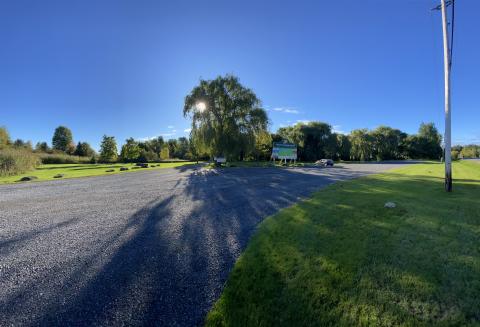
THE COUNTIES, Ontario - Visitors at Cooper Marsh Conservation Area will soon enjoy a completely re-designed parking space, as the Raisin Region Conservation Authority (RRCA) undertakes significant reconstruction work at the popular nature spot.
“Tens of thousands of visitors from near and far come to Cooper Marsh each year, whether they are looking to spot some of the marsh’s 200 bird species, explore the 12-kilometre trail and boardwalk system, take in the exhibits at the visitors centre, have a picnic by the turtle pond, or simply spend time in nature,” said Lisa Van De Ligt, RRCA Team Lead, Communications and Stewardship.
Parking lot reconstruction will add resiliency during springtime water saturation, which created deep ruts that would worsen with repeated usage. Work is scheduled to begin near the end of October. The marsh will be closed briefly while the construction work takes place at the parking lot, which borders County Road 2. Once dates are confirmed for the work, a notice will be posted on-site and on the RRCA’s website at rrca.on.ca.
“Cooper Marsh Conservation Area has been cherished by the community for decades, and we are pleased to keep maintaining, enhancing and protecting this wonderful marshland into the future,” said Van De Ligt. “While the parking lot is temporarily closed, visitors are encouraged to explore our other trails at Charlottenburgh Park or Gray’s Creek Conservation Area.”
The 663-acre Cooper Marsh is one of the RRCA’s three conservation areas. Located a few minutes’ drive from Lancaster, it is part of the larger Charlottenburgh Marsh – one of the most significant wetlands in Ontario. In all, the RRCA owns and maintains 1,664 acres of environmentally significant lands to enhance forest cover, conserve sensitive ecological habitat, protect significant wetlands, and provide recreational opportunities to the public.
